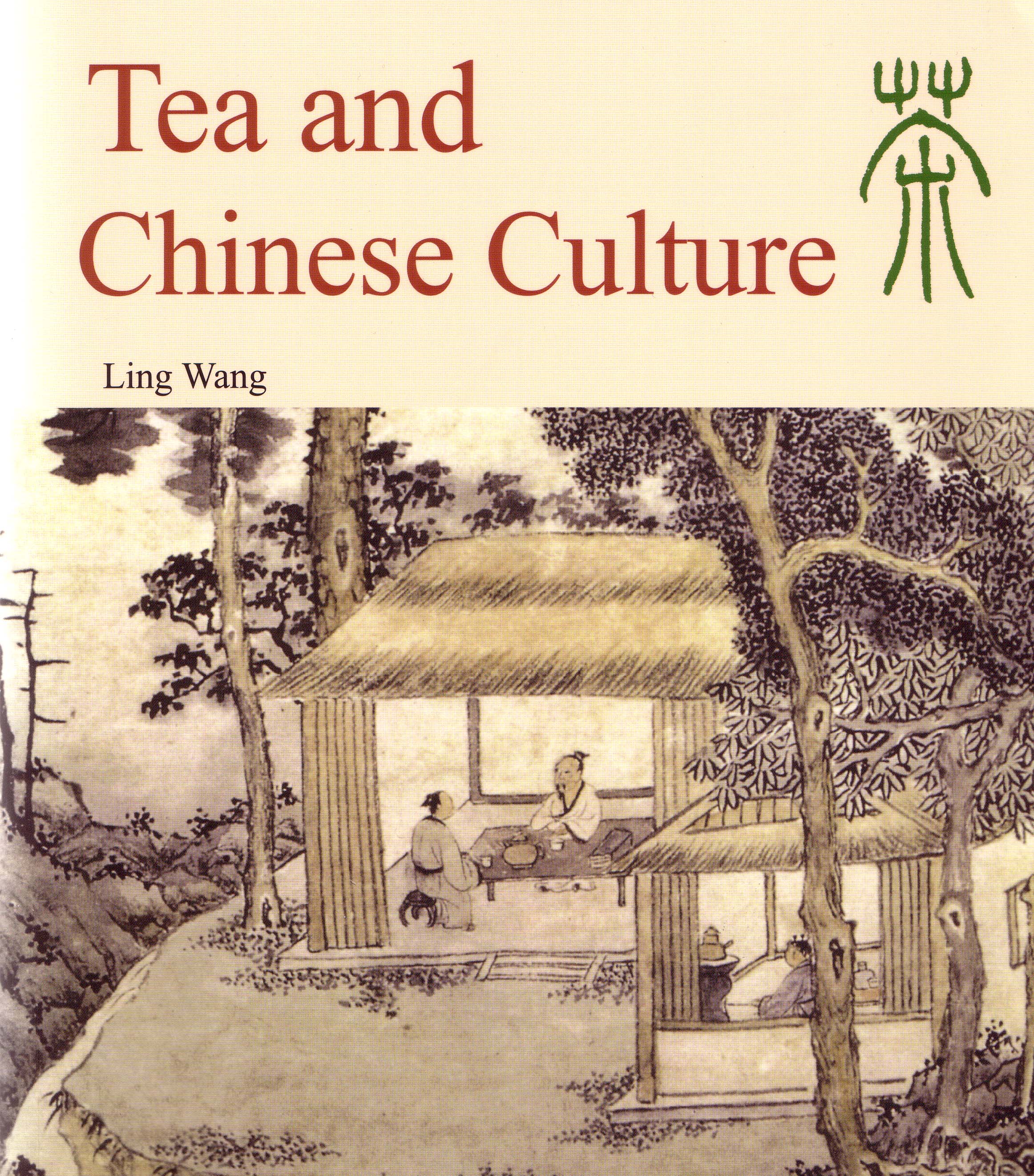|
Read 12939267 times
Connect me to:
|
Tea and Chinese Cultureby: Wang Ling
San Francisco CA:
Long River Press 2005, $25.00, Paperback
ISBN: 1-59265-02502
Reviewed by: Jacqueline M. Newman
Fall Volume: 2005 Issue: 12(3) page(s): 35
 This fascinating assessment of the historical and cultural significance of Chinese tea, says the fly leaf, begins with prehistory when tea was seen as a medicinal miracle in the early legendary times. Discussed in the first two chapters, there is that and so much more including brewing and tasting, tea's role in philosophy and religion, the culture of the teahouse, folk traditions and marriage customs, tea ceremonies, growing tea in more remote regions, Imperial tea culture, and the global appeal of tea. This fascinating assessment of the historical and cultural significance of Chinese tea, says the fly leaf, begins with prehistory when tea was seen as a medicinal miracle in the early legendary times. Discussed in the first two chapters, there is that and so much more including brewing and tasting, tea's role in philosophy and religion, the culture of the teahouse, folk traditions and marriage customs, tea ceremonies, growing tea in more remote regions, Imperial tea culture, and the global appeal of tea.
The pictures in color, are many, and magnificent. The verbal material matches. This book is one of, if not the first volume about tea in China to detail and show a tea contract with a servant, circa 59 BCE. There are many other tea tidbits worth chewing, some new, most discussed in more depth than in others books. The tomb of Lu Yu in the Huzhou Prefecture in Zhejiang Province begins that chapter about serving tea. It tells and teaches different opinions about congou or Kong Fu tea. It speaks about it in Fujian, Guangzhou, and elsewhere, even touches on the Kong Fu tea ceremony. Wonder why to soak a teapot before making tea? Surely you need to read that chapter, and probably more than once. Want to know about tea and China's ethnic nationalities, then settle down with the one about China's hinterland; a poor use of the term, but a fine set of info about many of these ethnic groups and their consumption of tea. Ever drink bamboo or tube tea? If so, do you know that what you consumed may be the transition between loose and lump (also called brick) tea? There is much said about the global appeal of tea, especially in Japan and Korea. Marco Polo and Russian Czars (also spelled Tsars), and tea's health aspects end the book as does a taste of tea's nutrition, some China chronology, and an appendix naming dozens of famous Chinese teas. Many types of tea are also charted by level of their fermentation, correctly called their oxidation. As we brewed a third cup of great mountain tea, we cogitated about what we enjoyed and what we wished had been included beyond the wonderful materials and illustrations already included. An index came to mind. We wanted to locate the page with the names of teahouses in some regions, the names of the quiet spots near some of them, and where we had read about almond tea, mashed peas, and suzao meat served with tea. An epiphany! We knew where the book could blossom better and that was with an index. Though great reading, this book can be frustrating when wanting to refer back to a specific item. Would even like an illustrative index because the pictures are many and maddening if they can not be located. Time for more tea to calm the spirit. Then time to reread for a fifth time. It does have much material you will never want to forget! |

 This fascinating assessment of the historical and cultural significance of Chinese tea, says the fly leaf, begins with prehistory when tea was seen as a medicinal miracle in the early legendary times. Discussed in the first two chapters, there is that and so much more including brewing and tasting, tea's role in philosophy and religion, the culture of the teahouse, folk traditions and marriage customs, tea ceremonies, growing tea in more remote regions, Imperial tea culture, and the global appeal of tea.
This fascinating assessment of the historical and cultural significance of Chinese tea, says the fly leaf, begins with prehistory when tea was seen as a medicinal miracle in the early legendary times. Discussed in the first two chapters, there is that and so much more including brewing and tasting, tea's role in philosophy and religion, the culture of the teahouse, folk traditions and marriage customs, tea ceremonies, growing tea in more remote regions, Imperial tea culture, and the global appeal of tea. 